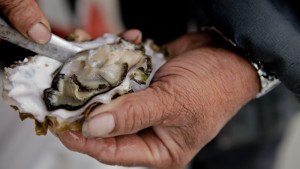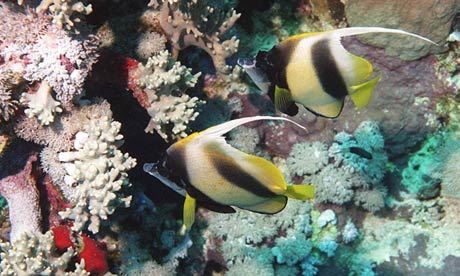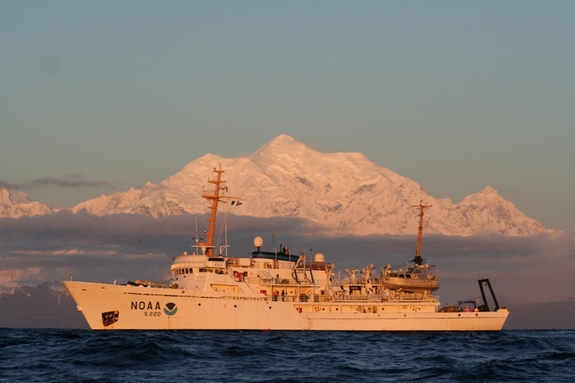By Joel Connelly, Seattle PI
Washington is going to witness “an assault by polluting industries” against efforts to reduce carbon pollution and retool the state’s economy around growth of clean energy, Gov. Jay Inslee warned a supportive Seattle audience on Friday.

Inslee: The polluters are coming, the polluters are coming
Inslee is preparing a four-day “agendathon” next week in which he will unveil education, transportation, pollution and tax proposals. He previewed his proposal, in populist tones, to a Washington Budget and Policy Center Conference.
The polluters — he didn’t name names — will “try to convince low income people that asthma is not a problem, that ocean acidification is not a problem,” Inslee charged. He warned that arguments by greenhouse gas emitters, perfected in California, will be deployed up the coast.
“The polluting industries are going to spend unlimited resources, unlimited dollars to convince you that unlimited pollution is a good idea,” Inslee exclaimed. ”You’re going to read the op-eds. You’re going to see the television commercials. It’s a bunch of malarkey.”
The governor’s remarks offered a prelude to what might become the state’s second seminal public battle over pollution and protecting its environment.
Republican Gov. Dan Evans went on a statewide television hookup in 1970, appealing over the heads of Republican and Democratic legislators who were blocking a package of laws that created the Washington Department of Ecology. Evans won the face off.
Four decades later, the state Republican Party is demonizing Inslee’s carbon-reduction program before it is even introduced. The GOP has raised the prospect of $1-a-gallon gasoline price increases. Such a gas price hike “is not going to happen,” Inslee said Friday.
The governor said his carbon reduction/energy program, which he will outline at REI’s Seattle store next Wednesday, is not just “happy granola.”
He will, said Inslee, present a program to reduce emissions of carbon dioxide. “It is the law of this state that we reduce carbon pollution to 1990 levels by the year 2020,” Inslee said.
The program will include not-yet-specified incentives to “grow our economy, grow jobs and reduce economic inequality” in Inslee’s words. He has, as candidate, book coauthor (“Apollo’s Fire”) and governor touted clean energy industries as the 21st century’s path to economic growth.
Inslee talked of a recent meeting with inner city school students who live along the Duwamish Waterway, next to an industrial Superfund site and close by a freeway.
“What these students were showing was that there is an incredible increase in asthma the closer you get to the freeway,” Inslee said.

“We don’t find many high tech millionaires living next to freeways and large industrial areas” — Gov. Inslee. The Duwamish River, an EPA Superfund site, pictured from the air. Photo by Paul Joseph Brown, Seattle Post-Intelligencer
The governor argued that all forms of pollution hit hardest at low-income residents. “We don’t find many high tech millionaires living next to freeways and large industrial areas,” said Inslee.
The governor even evoked forest fires — increasing in scope and intensity with global warming — as a source of pollution that hurts the poor. He made specific reference to the 230,000-acre Carelton Complex fire in north-central Washington last summer.
“You know who is really suffering in the Okanogan Valley right now? It’s the low-income folk,” said Inslee.
(Several of the governor’s most prominent “green” contributors have summer homes in the Methow Valley upriver from the scene of the fires.)
The passion in Inslee is genuine, a conservationist ethic that began when his biology teacher father took him to Carkeek Park and explained the life cycle of a clam. The governor has warned of ocean acidification and its danger to the state’s $300 million-a-year shellfish industry.
At the same time, however, a Republican-controlled state Senate will have great influence over his agenda. The “green” color of Seattle-area technology firms is balanced by refineries, railroads, industrial ports and resource industries.

Republican State Sen. Baumgartner: Warns against tax, revenue proposals that would disrupt economic recovery.
Just before Inslee went on, state Sen. Michael Baumgartner, R-Spokane, warned the liberal audience that the state faces difficult choices and flagged opposition to any proposals that would hurt the state’s business climate.
Inslee can take hope in results of a new statewide business poll, conducted for Gallatin Public Affairs and the Downtown Seattle Association.
A majority of likely voters, at 53.7 percent, said it would support a tax on carbon if the levy is offset by lower sales and business taxes, with only 32.6 percent opposed.
A California-style cap and trade approach, a “free enterprise” solution once lauded by Republicans — but now decried as “cap and tax” by such figures as Sarah Palin — was favored by 51.4 percent of those surveyed.
Inslee is set on framing the statewide debate.
At one point Friday, he declared: “What we can’t tell these (low-income) kids is they are going to have to swallow asthma.”










